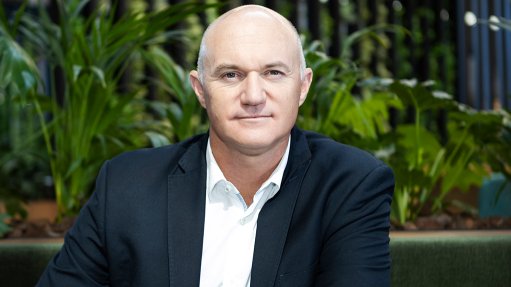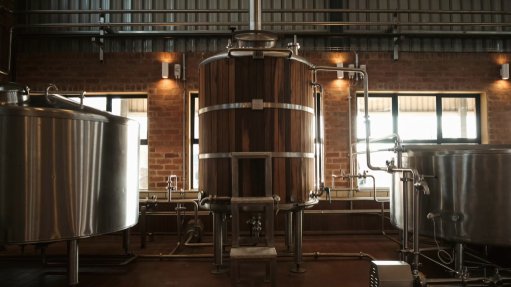Resistance persists despite declaration of new renewables dawn

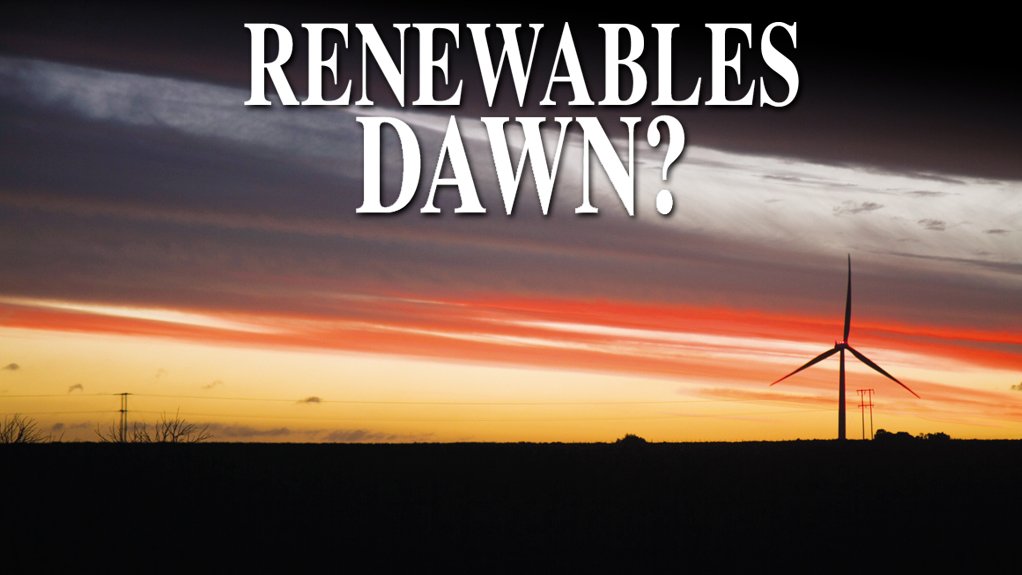
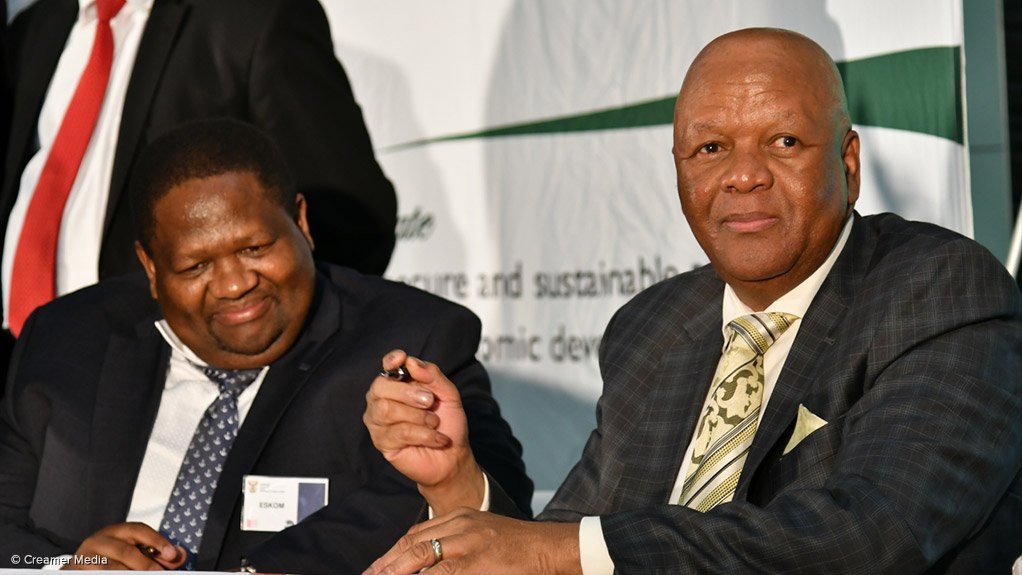
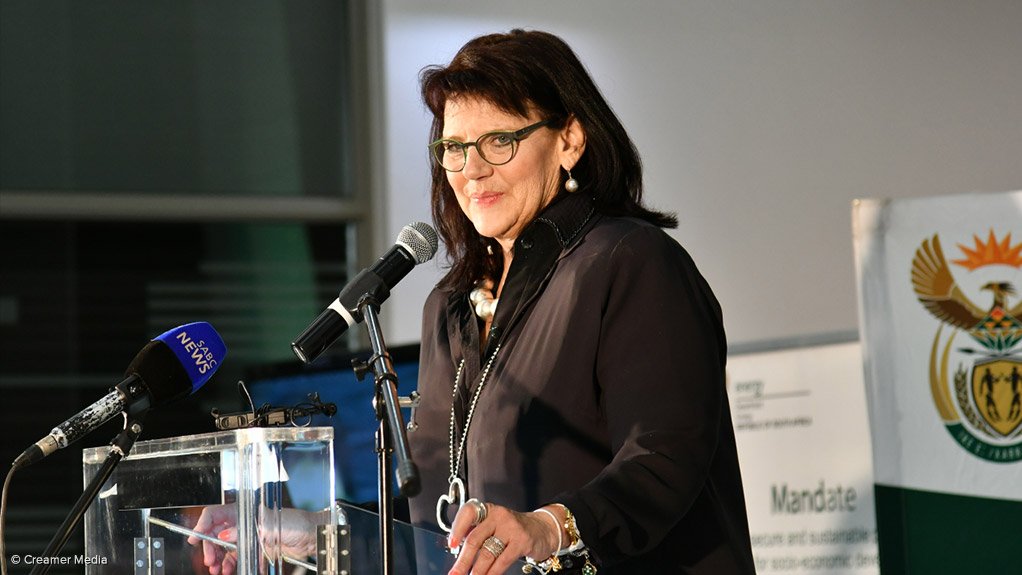
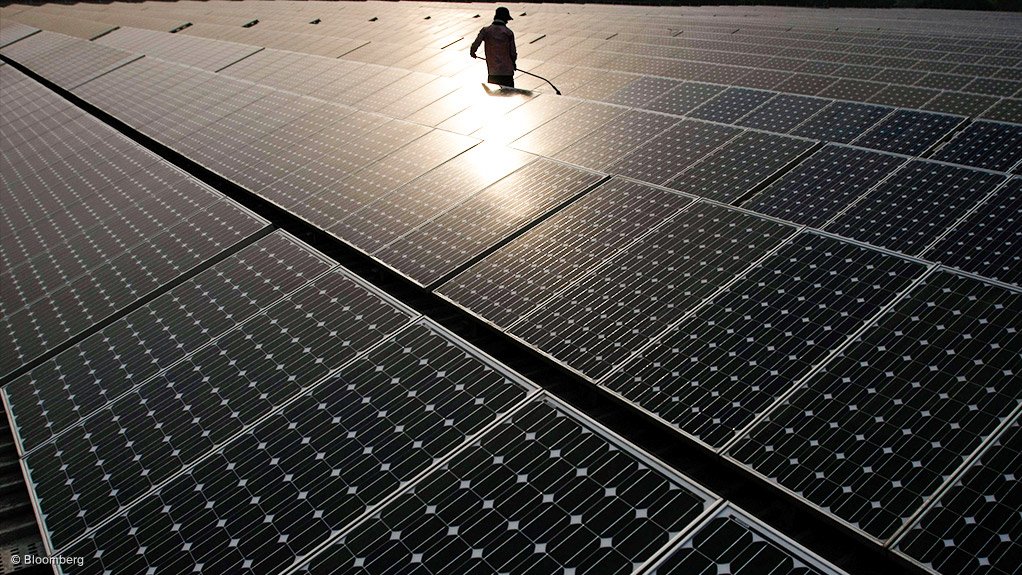
MONGEZI NTSOKOLO & JEFF RADEBE Eskom insists that Ntsokolo was not conflicted when signing the PPAs on April 4
Photo by Dylan Slater
KAREN BREYTENBACH Besides low-cost energy, the procurement process will continue to pursue higher levels black ownership, as well as socioeconomic development
Photo by Dylan Slater
WHAT ABOUT THE WORKERS? Numsa says the conclusion of these IPP contracts could be disastrous for workers and their families
The world did not stop to allow South Africa to get off. While ‘sunny South Africa’ spent more than two years delaying the introduction of new renewable-energy plants, including 12 solar photovoltaic (PV) projects and a concentrated solar power (CSP) plant, the rest of the world continued investing.
In 2017 alone, the generation capacity associated with solar PV grew by 32%, with the International Renewable Energy Agency (Irena) reporting a rise in worldwide capacity to 385 GW, from 292 GW in 2016. The increase is even more impressive when viewed over a longer horizon. In 2008, the global installed solar PV base stood at less than 15 GW.
Generation capacity associated with on- shore wind, arguably the more mature of the variable renewable-energy technologies on offer, increased by nearly 10% in 2017 to 494 GW. By contrast, worldwide wind generation capacity stood at only 113 GW in 2008, with nearly half of that located in Europe.
As prices have decreased and subsidies have fallen, Asia has come to the fore as the main driver of renewable-energy growth, underpinned by a massive deployment in China. The continent added 72 GW of solar capacity last year, with 53 GW of that new capacity added by China, which accounted for more than half of all new solar installations in 2017.
However, China is not alone and the growth is not confined to solar PV. The 9.6 GW of solar added by India represented an increase of more than 100% over 2016, while the country also added 4 GW of wind.
Five countries were responsible for three- quarters of all the new wind energy capacity added last year, namely China (15 GW), the US (6 GW), Germany (6 GW), the UK (4 GW) and India. Both France and Brazil added more than 1 GW of wind in 2017.
Underlying this growth has been a substantial reduction in costs associated primarily with solar PV and wind. Between 2010 and 2017, the levelised cost of electricity from solar PV fell by 73%, while onshore wind costs declined by nearly one-quarter. Irena claims that both technologies are now well within the cost range of power generated by fossil fuels.
By contrast, South Africa added less than 900 MW of new renewable-energy capacity last year and, until earlier this month, the pipeline all but dried up, owing to Eskom’s refusal to sign new power purchase agreements (PPAs), after returning to a surplus operating position in 2016.
New Dawn?
However, the signing, on April 4, of agreements opening the way for the construction of 27 independent power producer (IPP) projects, with a combined investment value of R56-billion, has led to a sense of cautious optimism about renewable-energy revival.
At the signing event in Pretoria, Energy Minister Jeff Radebe went so far as to declared a “new dawn” for renewable energy in South Africa, following a “long period of uncertainty, not only for the renewable- energy industry, but also for private-sector investment in the energy sector”.
He also committed to providing investors with better “line of sight” of what South Africa planned to procure in future, acknowledging that no investment decisions could be made on a “stop-start basis”. Details would be provided in a new Integrated Resource Plan, which would be released “very soon”.
The 27 projects had been identified as preferred bids all the way back in 2015, following bid windows 3.5 and 4 of the Renewable Energy Independent Power Producer Procurement Programme (REIPPPP), which were initiated in 2014.
Following the recall of the pronuclear Pre- sident Jacob Zuma earlier this year, President Cyril Ramaphosa appointed Radebe, the only surviving member of Nelson Mandela’s Cabinet, as the country’s newest Energy Minister. Ten days into his new role, Radebe announced that the project agreements, including the PPAs with Eskom, would be signed on March 13.
However, the Department of Energy (DoE) then voluntarily held back from signing after the National Union of Metalworkers of South Africa and Transform RSA approached the courts in a bid to interdict the projects, which the two organisations argued would result in coal-sector job losses.
The case was heard in the High Court on March 27 and, on March 29, the case was dismissed. Judge Dawie Fourie ruled that the application was not urgent and struck the case off the roll, with costs.
Notwithstanding some last-minute drama involving Eskom’s legal authority to sign, Radebe confirmed on April 5 that all the agreements had been signed by 23:30.
Eskom also dismissed suggestions that the executive delegated to sign the PPAs on behalf of the utility had a serious conflict of interest. Eskom confirmed that, while Mongezi Ntsokolo had previously been a member of the board at Acwa Power, which is a shareholder in the Redstone CSP project procured in Bid Window 3.5, he had resigned from the position in November 2017. Eskom added that Ntsokolo currently had no direct, or indirect, links with any other company that was doing business with the utility.
The 27 projects, which have a combined capacity of 2 300 MW, bring to 112 the number of IPPs procured under the REIPPPP since 2011. To date, 6 422 MW of renewables capacity has been procured, with 3 773 MW, from 62 IPPs, currently in operation. The combined investment across all projects is greater than R200-billion, of which R48.7-billion has come in the form of foreign investment.
The newly signed projects are also expected to create about 60 000 jobs, mostly during the construction phase, and involve black-owned companies in the ownership, construction, operation and maintenance of the power plants.
New Tensions
Nevertheless, there is still significant resistance to both renewable energy and IPPs from a range of powerful social groupings.
Traditionally, much of the opposition has centred on the cost and unreliability of variable renewable-energy plants. But, with costs falling, and with international systems operators finding ways to mitigate the risks associated with the variability associated with weather-dispatched generators, there has been a definite shift in focus.
Opponents are now highlighting the threat posed to coal-sector jobs, as well as government’s stated commitment to addressing South Africa’s racially skewed economic and corporate landscape.
The National Union of Metalworkers of South Africa (Numsa) – which sought, and failed, to interdict the IPP signing – has indicated that it is engaging with its lawyers to assess what other legal options are available to block the projects.
In a radio interview after the signing, spokesperson Phakamile Hlubi-Majola stressed the fact that the court had struck the case from the roll, not based on its merits but owing to it not being considered urgent. She also did not rule out “mass mobilisation”.
Numsa maintains that the conclusion of these IPP contracts could be “disastrous for workers and their families”, with the union warning that 30 000 potential jobs are jeopardised by the projects. The figure, Hlubi-Majola said, was based on a statement made by then acting Eskom CEO Matshela Koko, who, in explaining the utility’s unwillingness to conclude further renewables PPAs, indicated that the projects would result in the closure of four power stations.
Meanwhile, the National Union of Mineworkers (NUM) has also expressed anger at the signing of the contracts, which it describes as an insult to the working class and the poor.
The NUM, which is a Congress of South African Trade Unions affiliate, warns that it may even desist from supporting the governing African National Congress, as it could “not continue to vote and support an organisation which is taking away jobs from the poor”. It argues that the IPPs will place 40 000 jobs at risk in the mining and energy value chain.
However, Radebe insists the renewable- energy projects are not the main threat to coal-sector jobs. Instead, employment in the sector is threatened by the fact that several mines and power stations are approaching the end of their economic lives. He adds that the projects will also open up new employment prospects.
The South Africa Photovoltaic Industry Association (SAPVIA) and the South African Wind Energy Association (SAWEA) have also moved to underline this point. SAPVIA programme manager Niveshen Govender says the projects will fast-track the delivery of employment and industriali- sation opportunities, while SAWEA CEO Brenda Martin argues that South Africa’s manufacturing and construction industries will benefit immediately once equipment orders and construction contracts are placed.
Radebe argues that up to 1 500 jobs could be created in the domestic manufacturing sector, owing to local-content requirements associated with the installation of 2.8-million solar PV modules, 600 inverters, 385 transformers and about 500 wind towers and turbines.
Transformation Charter
Besides the employment concerns, though, there are lingering misgivings about whether the IPPs could undermine South Africa’s transformation efforts.
Sensitive to these sentiments, Radebe used his speech at the signing event in Centurion to call for stakeholders to develop, and commit to, an Energy Transformation Charter.
Such a charter would seek to embed opportunities for black South Africans in what the Minister views as a growing renewable- energy sector. He also wants new and innovative funding models to be crafted to facilitate greater equity participation by black South Africans in a growth sector.
Describing the latest 27 projects as only the start of a larger renewables journey, the Minister highlights the National Development Plan’s objective of building 20 000 MW of renewable-energy capacity by 2030.
“Finding innovative and affordable funding mechanisms for the participation of black entrepreneurs in this space will allow the development of black industrialists as well as ensure participation of black entrepreneurs in the mainstream economy. This should be a priority going forward,” he added, while stressing that the transformation agenda should not have a substantial negative impact on the price of electricity.
Again, the industry associations have expressed a willingness to embrace government’s transformation agenda, with SAPVIA chairperson Davin Chown saying the solar industry remains committed to engaging with stakeholders in building an energy future that is “participatory” and “transformational”.
IPP Office head Karen Breytenbach says that, apart from energy, the procurement process will continue to pursue higher levels of domestic and black ownership, as well as socioeconomic development, than projects procured in previous bid windows.
South Africans own 57.8%, or R11.9-billion, of the companies awarded projects during bid windows 3.5 and 4. Of that, black share- holders own 64.2%, or R7.64-billion.
Nevertheless, the IPP Office is likely to insist on even higher black ownership levels in any future bid windows. It will also push harder, Breytenbach indicates, on ensuring that there is greater black business participation in the construction, operation and maintenance of the renewables fleet.
This shift in emphasis is likely to come to the fore once the DoE moves to procure the unfortunately named ‘expedited round’ of projects, which were bid in 2015, but were never officially procured.
Radebe confirms that government is considering the expedited projects, with a combined capacity of 1 800 MW, but says whether they proceed will depend on securing a win-win deal based on prices, economics and value for money. Breytenbach says the projects are likely to take some time to materialise and hinted that much could depend on the wiliness of the bidding IPPs to match government’s expectations on affordability and transformation.
Article Enquiry
Email Article
Save Article
Feedback
To advertise email advertising@creamermedia.co.za or click here
Comments
Press Office
Announcements
What's On
Subscribe to improve your user experience...
Option 1 (equivalent of R125 a month):
Receive a weekly copy of Creamer Media's Engineering News & Mining Weekly magazine
(print copy for those in South Africa and e-magazine for those outside of South Africa)
Receive daily email newsletters
Access to full search results
Access archive of magazine back copies
Access to Projects in Progress
Access to ONE Research Report of your choice in PDF format
Option 2 (equivalent of R375 a month):
All benefits from Option 1
PLUS
Access to Creamer Media's Research Channel Africa for ALL Research Reports, in PDF format, on various industrial and mining sectors
including Electricity; Water; Energy Transition; Hydrogen; Roads, Rail and Ports; Coal; Gold; Platinum; Battery Metals; etc.
Already a subscriber?
Forgotten your password?
Receive weekly copy of Creamer Media's Engineering News & Mining Weekly magazine (print copy for those in South Africa and e-magazine for those outside of South Africa)
➕
Recieve daily email newsletters
➕
Access to full search results
➕
Access archive of magazine back copies
➕
Access to Projects in Progress
➕
Access to ONE Research Report of your choice in PDF format
RESEARCH CHANNEL AFRICA
R4500 (equivalent of R375 a month)
SUBSCRIBEAll benefits from Option 1
➕
Access to Creamer Media's Research Channel Africa for ALL Research Reports on various industrial and mining sectors, in PDF format, including on:
Electricity
➕
Water
➕
Energy Transition
➕
Hydrogen
➕
Roads, Rail and Ports
➕
Coal
➕
Gold
➕
Platinum
➕
Battery Metals
➕
etc.
Receive all benefits from Option 1 or Option 2 delivered to numerous people at your company
➕
Multiple User names and Passwords for simultaneous log-ins
➕
Intranet integration access to all in your organisation















